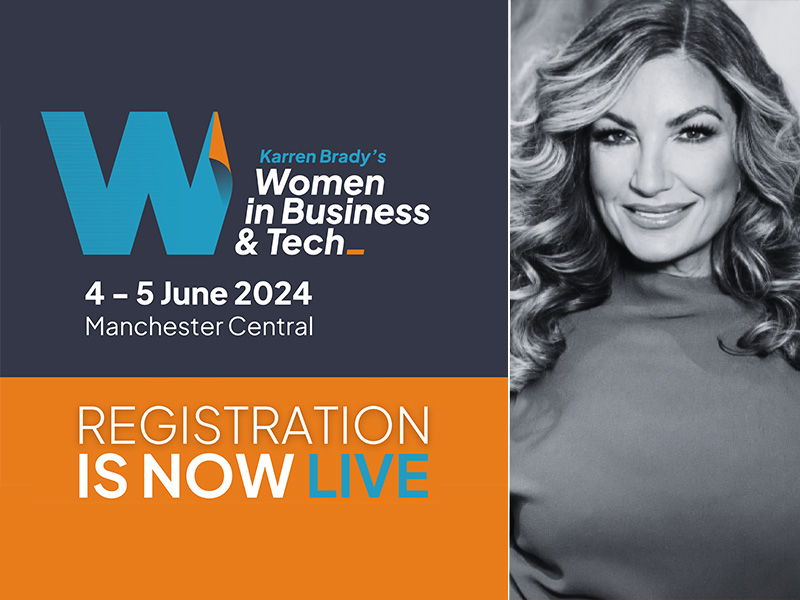By Marian Salzman, Senior Vice President, Global Communications, Philip Morris International
 Last month, I was at Davos during the World Economic Forum (WEF). There is always much to see there, but one thing in particular caught my eye: the lack of women in senior roles.
Last month, I was at Davos during the World Economic Forum (WEF). There is always much to see there, but one thing in particular caught my eye: the lack of women in senior roles.
The overwhelming maleness of participation in the forum continues to shock me—though at this point I suppose I should expect it. It’s a genuine problem—and not just for the organizations attending the WEF, but for global business.
Late last year, I read a report by Credit Suisse on the benefits of having women in the boardroom, and its conclusion was clear: it pays to have women at the top. Their study found that family-owned companies with at least 10 percent women executives had outperformed their male-only counterparts by around 410 basis points per year since 2014. And this wasn’t an aberrant finding: A Peterson Institute for International Economics study found evidence that having women in C-suite positions is directly correlated with higher profitability.
Data of this nature speaks loudly to the positive influence female executives have on bottom lines and would certainly seem to provide incentive to have women in the upper echelons. And sure enough, the percentage of women in senior management roles globally reached its highest level on record in 2019. Great news—until you discover that this highest level is … wait for it … a mere 29 percent.
On top of this, the WEF’s Global Gender Report 2020 has revealed that gender parity won’t be attained for approximately 100 years. That seems an awfully long time to wait—especially for a development that’s in everyone’s best economic interest.
I’m proud to be a female leader in a male-dominated industry (despite the sexist vitriol I occasionally encounter online), but I’ve no interest in being the exception. We need women in leadership positions to be the new normal. And they very well should be, as the research from Credit Suisse and the Peterson Institute attests.
So, how are we going to accomplish that? I think a first step needs to be to get the (mostly male) senior executives in the decision-making seats to recognize that adding female leaders to the roster isn’t simply a box-ticking exercise. It’s a business decision that reaps rich rewards. An urgent call should be ringing in business leaders’ ears to bump up their inclusion and diversity practices on their lists of priorities.
Beyond that, let’s put an end to damaging stereotypes, including the idea that a businessman hits his peak at 60, while a woman of the same age is considered past her sell-by date. Take it from me, a woman of 60, that that’s far from the case.
It’s especially astonishing to me that businesses with a female customer base—and, let’s face it, that’s most consumer-facing businesses—don’t seem to grasp how vital it is to have decision makers in place who have a natural connection with the women at the other end of marketing communications pushes. There’s a reason companies have ended up with misfires such as this and this.
Female voices matter. And female perspectives carry value. That holds true whether you’re a multinational conglomerate or a start-up. It’s heartening to begin to see signs—even if they’re more evident in media reports than on the ground—that more companies are beginning to appreciate the value of diversity. It has finally begun to dawn on people that the most complex problems are unlikely to be solved by teams made up solely of middle-aged or older white men from privileged socioeconomic backgrounds. It’s hard to get truly innovative ideas when everybody starts out on the same page.
For us at PMI, we are working hard to right our gender balance. And we’ve made great progress, including becoming the first multinational to be globally EQUAL-SALARY certified everywhere we operate. That’s a huge deal, but we need to do better. We’re targeting 40 percent of management positions to be held by women by 2022. As someone who is typically one of only two women in our senior management meetings, I’m looking forward to that change. I can tell you from experience that lone female voices can feel heightened pressure to make our presence felt, as well as an obligation to represent our entire gender in a way that men are never expected to. We deserve more seats at the table, not the token one or two.
Let’s work together to prove the WEF’s latest global gender report wrong. Businesses that want to thrive can’t afford to wait another century for gender parity. And neither can all those women whose talents are being wasted.








